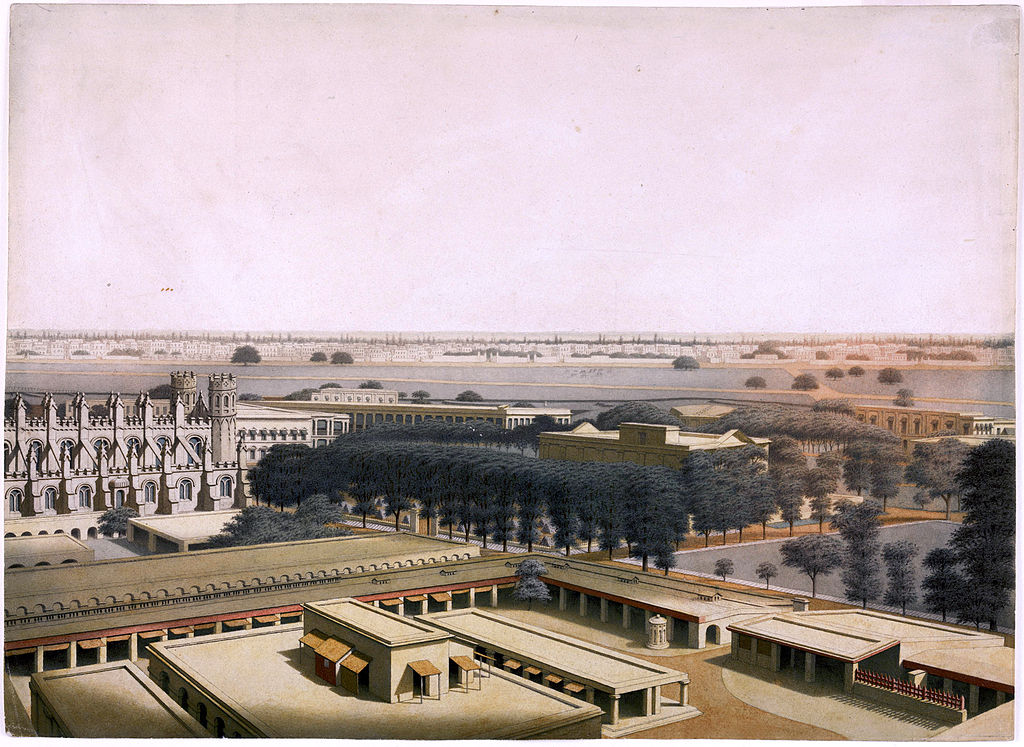Fort William: The Eastern Sentinel Through Time
Nestled on the eastern banks of the Hooghly River, Fort William rises as a monumental sentinel of Kolkata’s layered past and enduring legacy. It was constructed in the latter half of the 18th century by the British East India Company, then at the height of its mercantile ambitions and imperial influence.
Named after King William III of England, Fort William became both a symbol and stronghold of British dominance following the Battle of Plassey in 1757. From its bastions, the British wielded their power with calculated precision, turning Kolkata (then Calcutta) into the imperial capital of India until 1911.
Yet history, ever the great leveler, has since redefined Fort William’s role. Today, it serves as the nerve centre of the Indian Army’s Eastern Command —aptly referred to as the ‘Sunrise Command’ — a poetic nod to its geographical alignment with the dawn and its strategic oversight of India’s vital frontiers, stretching from the Himalayan borders to the Bay of Bengal.
ALSO READ | Bengal Has Been A Kettle On The Boil For A While. Violence Is The Price Of Its Ignored Whistle
A Bastion Of Colonial Power
The original Fort William was constructed in 1696 but proved inadequate during the Battle of Plassey (1757) and the infamous Black Hole of Calcutta incident (1756), where British prisoners were allegedly confined in a small dungeon overnight, leading to high casualties. The debacle prompted the British to build a more formidable version of the fort in 1781, sprawling over 70.9 hectares.
 Fort William, as depicted in an 1828 painting by William Wood. (Image source: Wikimedia Commons)
Fort William, as depicted in an 1828 painting by William Wood. (Image source: Wikimedia Commons)
The design of Fort William was both pragmatic and symbolic — a star-shaped fortification with dry moats, underground tunnels, and cannon placements, projecting both security and supremacy. It became a central administrative and military hub during the British Raj, functioning not only as a military fort but also a garrison town and logistics centre. Its presence underpinned British dominance in the eastern parts of India, especially in quelling uprisings and maintaining control over trade and territory.
Post-Independence: The Eastern Command Headquarters Of Indian Army
Following India’s Independence in 1947, Fort William was repurposed for Indian military use and assumed its present stature as the headquarters of the Indian Army’s Eastern Command — a critical pivot in the country’s defence architecture. Unlike its original role of asserting colonial control, Fort William today symbolises national defence, strategic depth, and regional stability.
The Eastern Command of the Indian Army holds a position of immense strategic importance, both geographically and historically. Overseeing India’s borders with China, Bhutan, Bangladesh, and Myanmar, it operates in one of the most geopolitically sensitive theatres in the country. The command’s jurisdiction includes the volatile and mountainous regions of Arunachal Pradesh and Sikkim, where it continually manages tensions along the Line of Actual Control with China.
Beyond external defence, the Eastern Command has played a critical role in internal security, particularly during the 1980s and 1990s, when it conducted intensive counterinsurgency operations across Nagaland, Manipur, Assam, and Tripura under initiatives like Operation Rhino and Operation Bajrang. The command’s legacy is perhaps most gloriously etched in the 1971 Indo-Pakistan War, where, under the leadership of Lieutenant General Jagjit Singh Aurora, it orchestrated a rapid and decisive campaign from Fort William.
In peacetime, the Eastern Command continues to serve the nation through its active role in humanitarian assistance and disaster relief, especially in a region frequently affected by floods and earthquakes. Additionally, Fort William serves as a hub for defence diplomacy, fostering military cooperation with neighbouring countries such as Bangladesh, Myanmar, as well as the United States. Through joint exercises and training missions, the command reinforces India’s military readiness and strengthens its Act East Policy, embodying the synergy of strategic foresight and regional collaboration.
ALSO READ | The Hidden Cost Of Looking Wealthy: Why This Generation Is Broke
A Living Legacy
Though largely off-limits to civilians, Fort William remains an iconic part of Kolkata’s landscape. It houses thousands of personnel and includes residential areas, schools, and recreational facilities — a self-contained military township rooted in history yet firmly oriented towards the future.
Fort William is not merely a relic of history — it is a living sentinel, adapting through centuries to remain relevant, resilient, and resolute.
The author is a Delhi-based independent contributor to print and online publications.
[Disclaimer: The opinions, beliefs, and views expressed by the various authors and forum participants on this website are personal and do not reflect the opinions, beliefs, and views of ABP Network Pvt. Ltd.]
blog